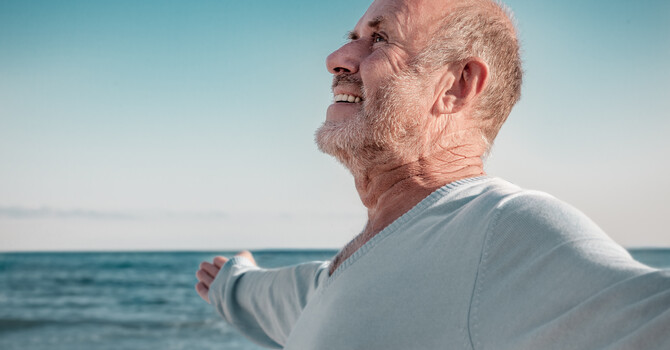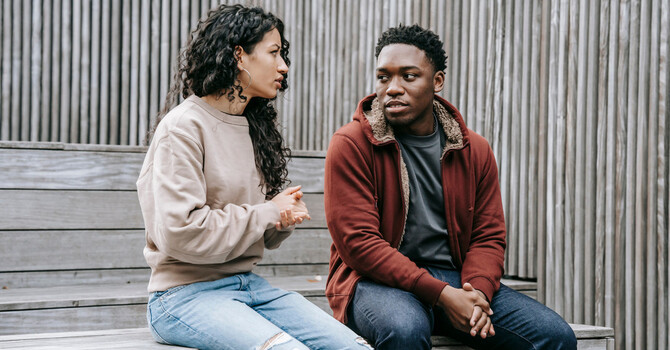I attribute a large part of my interest in plants–and the natural world in general–to the biology teacher I call, dad. I had the privilege of growing up with mini science and biology lessons strewn throughout daily life. I knew what anthers and pistons were long before I read about them in high school textbooks. As we hiked through the mountains in Colorado, my dad would point out different plants, tell us their names, and he would usually add on a fact or two, usually in regards to their edibility or medicinal uses. My fascination with plants and their uniqueness grew with me through college (where I was the top of my class in a plant identification course and a participant in a national range plant ID contest) and continues to grow with me still.
Recently, on social media, I came across some videos about a woman who forages for plants in a suburban setting. She takes the viewer on a condensed journey of finding a particular plant most people can find within their own neighborhood, and then preparing the plant for either consumption or some other use with instructions and neat facts along the way. One of her videos featured a tree I recognized almost immediately. That tree was right outside my apartment building. I noticed it many times as I admired the different colored leaves and the fragrant flowers in early Spring. I continued watching the video with fascination as she harvested the berries from the tree, roasted them, ground them, and made ‘chocolate’. Yes, you read that correctly….’Chocolate’. Now, it wasn’t real chocolate of course. I don’t think that grows anywhere in the US let alone in a North Dakota neighborhood; however, seeing the genuine expression of surprise and joy on her face was very convincing that these Lindon Berries could be made into a chocolate-like substance that was close enough to the real thing.
I had to try this. My foraging experiences leading up to now had been very minimal. I had eaten my share of wild berries, and had brewed the occasional tea on backpacking trips with clover, rose petals, pine needles and yarrow. I’d even added some wild onion to my instant mashed potatoes a few times and spotted some morels that I didn’t actually get to eat, but then again, I’m not as excited about mushrooms as some people. I go on frequent walks with my 10 month old and decided to explore the nearby walking paths to see where the closest Linden trees were. Turns out, they were everywhere! There are over a dozen within half a mile of my apartment building, all full of berries. These berries are very unassuming at first glance. They are only a couple centimeters in diameter, light green, and hard–not real berries by scientific definition. They grow in little bundles which makes them fairly easy to harvest from the trees. I started out collecting about a cup of the berries. I took them home, removed the stems–which was the most labor intensive part of the process*–and roasted them according to the instructions given by @blackforager. Soon the apartment was filled with a chocolatey aroma. After grinding the roasted berries in a food processor, I considered how I would prepare my linden berries for consumption. The grounds reminded me of coffee or crio brew, so I decided to make a hot drink using my french press. After adding some cream and sweetener to the hot brew, I had my first taste. Mmmmmmmmm. I couldn’t have been more pleased! My partner was equally as pleased. He asked when we could make more after repeatedly saying, “I really like this!”
For the next few days, whenever I would go on a walk, I made sure to bring a bag that I could fill with these marvelous berries! I began thanking the trees–yes, literally talking to the trees, complimenting their big beautiful berries and thanking them for sharing with me–for making these wonderful gifts for me to enjoy. I pondered how the indigenous people of these lands collected and prepared these fruits for consumption and medicine. Jars were filling up with roasted berries, and I began to consider slowing down my endeavors. I wanted to save some for others; other people, other animals, other plants, the tree. I told friends and family members about the linden berries and what I was able to create with them, a few mentioned selling it. I know they meant well. After all, how do we expect people who grew up in a toxically capitalistic society to respond to anything worthwhile? Turn it into money, they say. It’s a gift from Mother Earth, I say. How could I possibly “sell” it? This is something I learned from Robin Kimmerer. In her book, Braiding Sweetgrass, she says, “Gifts from the earth or from each other establish a particular relationship, an obligation of sorts to give, to receive, and to reciprocate.” My reciprocity to these trees is manifested in the way I admire them, thank them for their gift, treat them with kindness, speak loving words, touch them gently, and by not taking more than feels right, as a good steward should do. Robin Kimmerer puts it much more elquently when she describes something called, The Honorable Harvest.
"Know the ways of the ones who take care of you, so that you may take care of them. Introduce yourself. Be accountable as the one who comes asking for life. Ask permission before taking. Abide by the answer. Never take the first. Never take the last. Take only what you need. Take only that which is given. Never take more than half. Leave some for others. Harvest in a way that minimizes harm. Use it respectfully. Never waste what you have taken. Share. Give thanks for what you have been given. Give a gift, in reciprocity for what you have taken. Sustain the ones who sustain you and the earth will last forever.”
Foraging brings joy, excitement and satisfaction into my life. It gives me something to look forward to, and rewards me with heartwarming aromas and flavors. I wish for these things to be enjoyed by all people. So give it a try. Lend your eye to some minor plant identification and wild plant preparation. As you do so, I invite you to keep a spirit of reciprocity, gratitude, and honor.
*After experimenting with a few different ways to remove the stems more easily I finally decided to make a test batch with stems still attached. The roasted stems tasted identical to the berries themselves. While I still removed leaves and very long stems, I no longer spent the time removing every stem from the berry and it has saved time and energy while doing nothing to alter the flavor as far as I can tell.
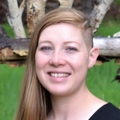
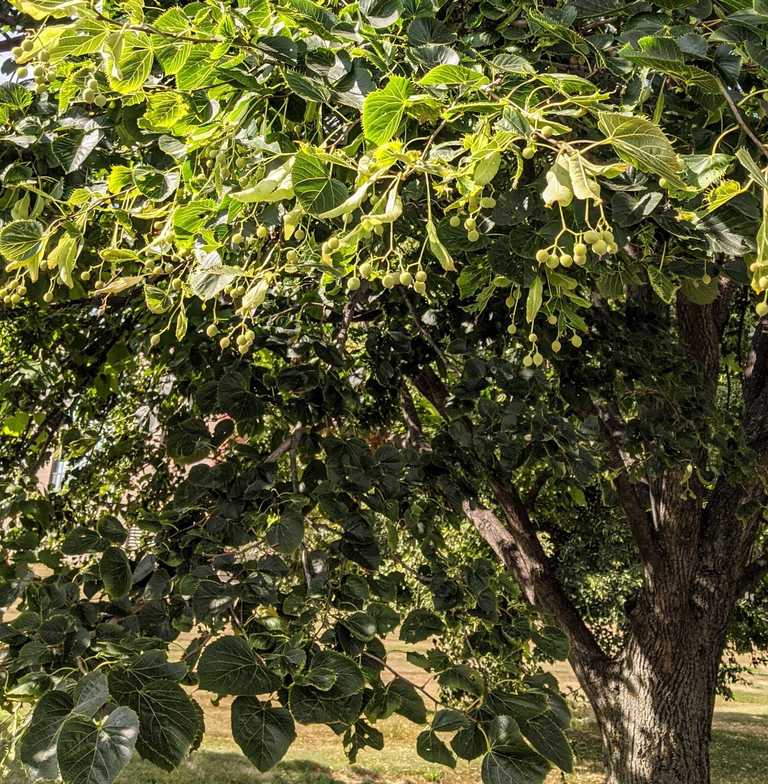

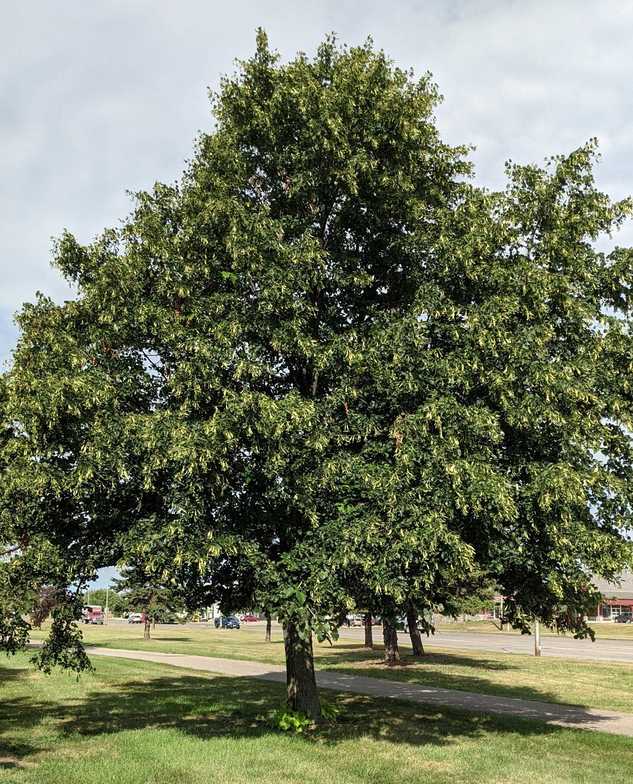
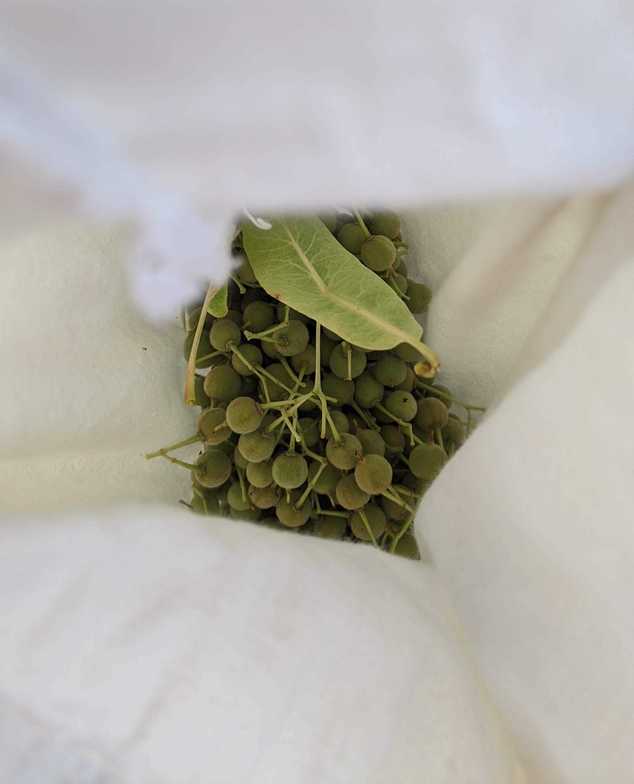
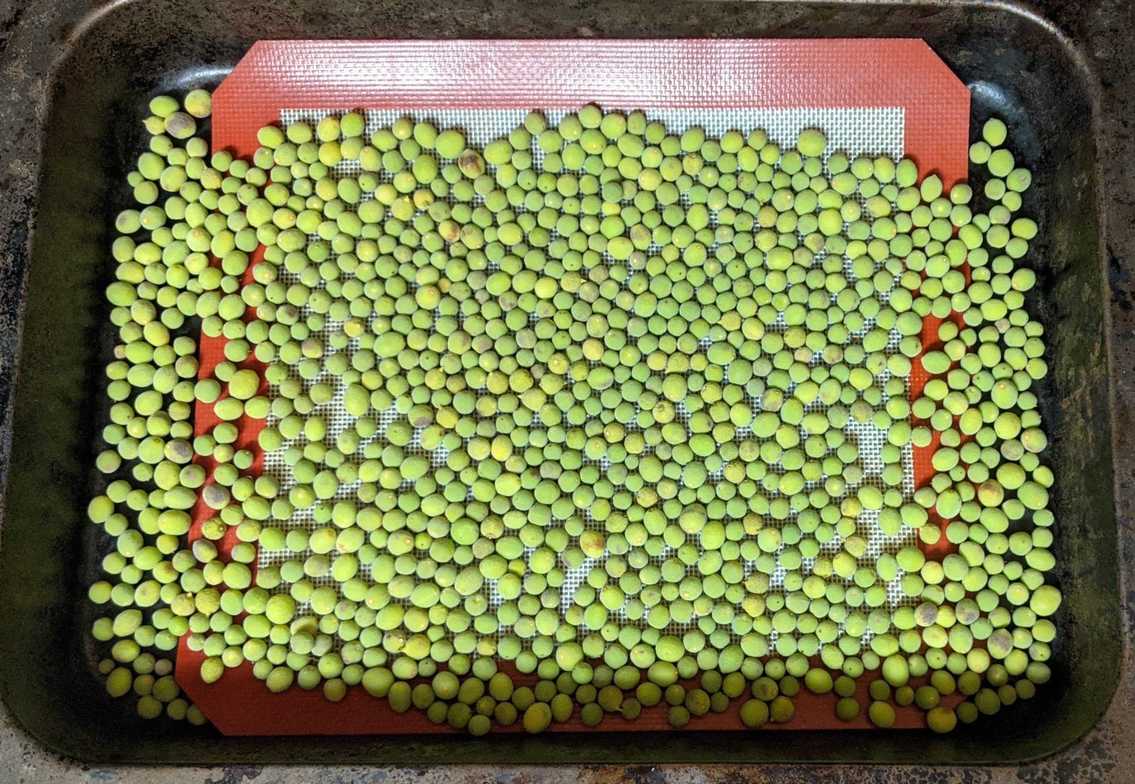
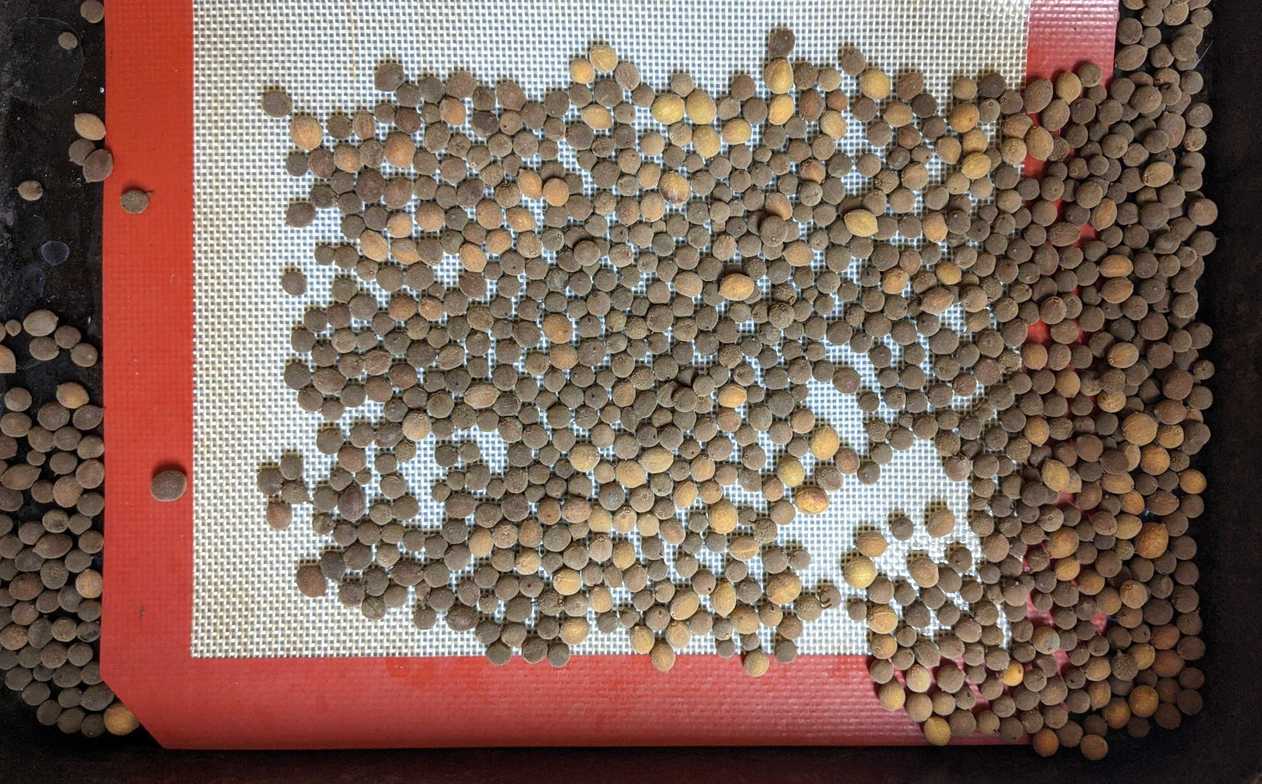

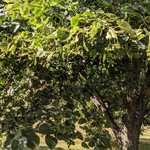
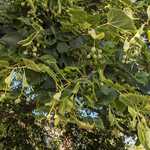
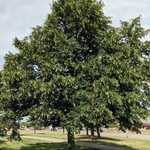
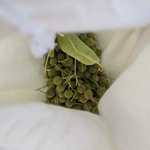

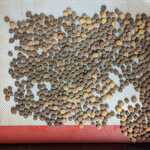
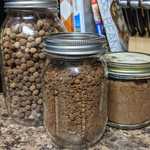
.jpg)
